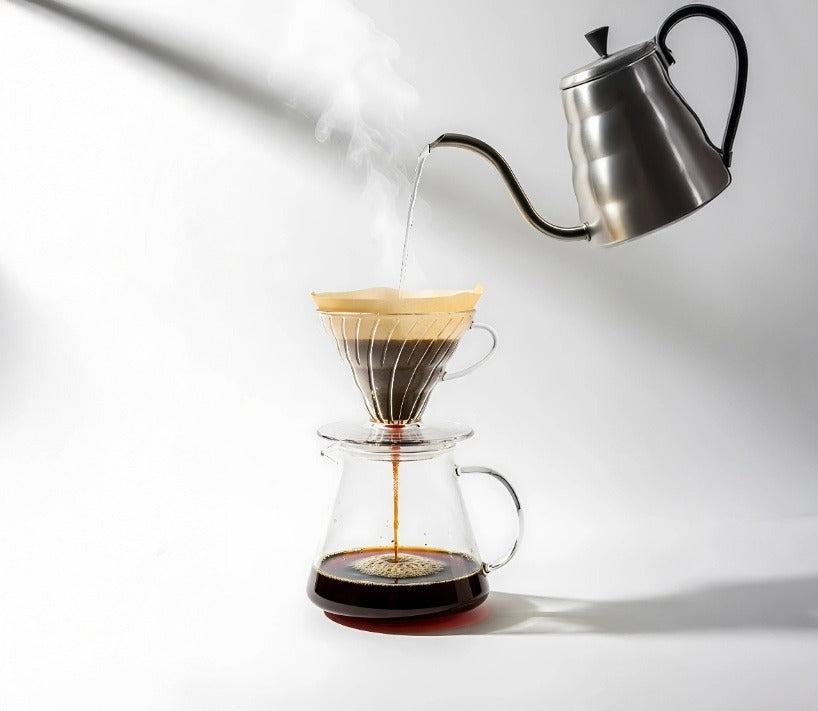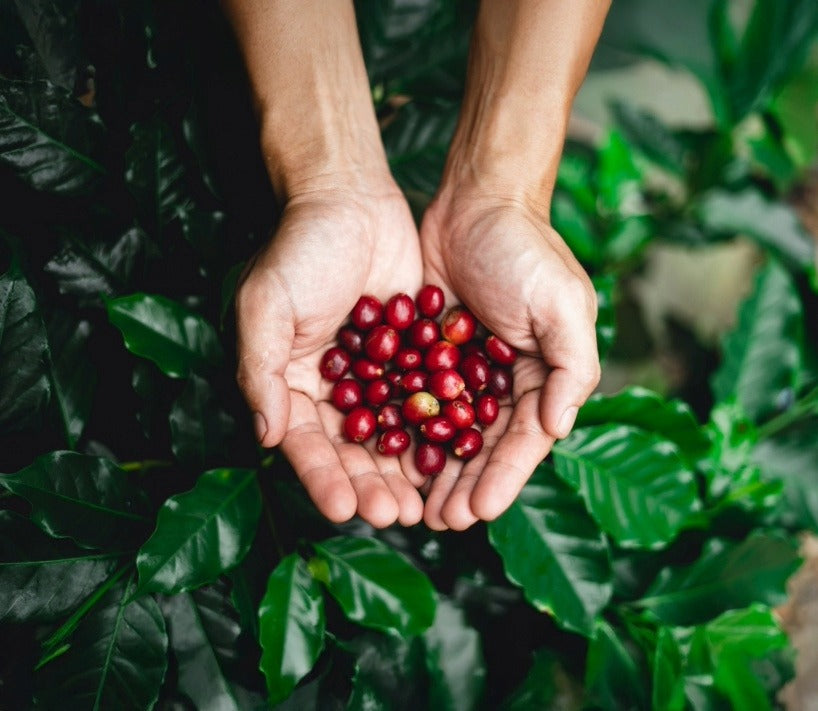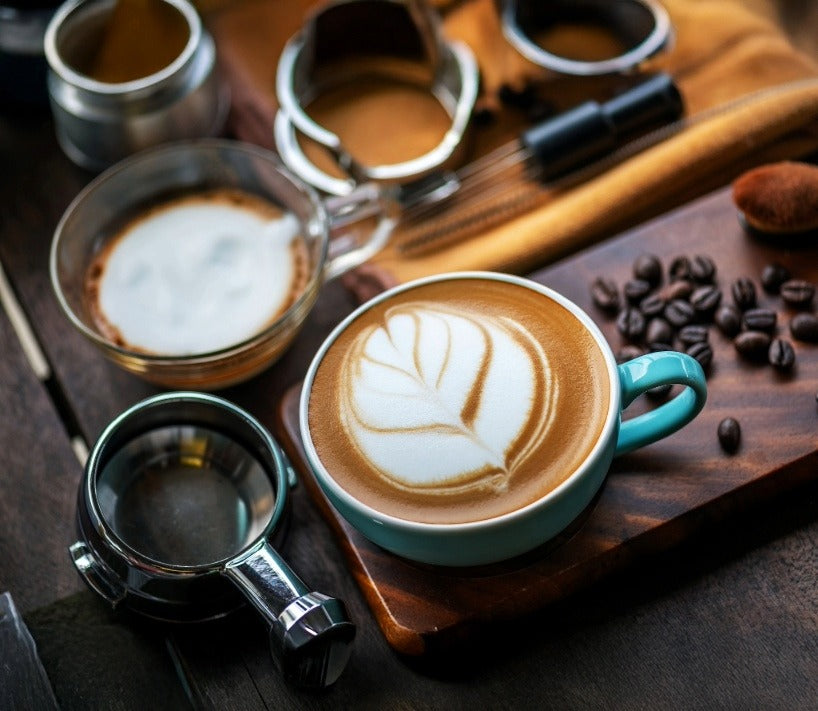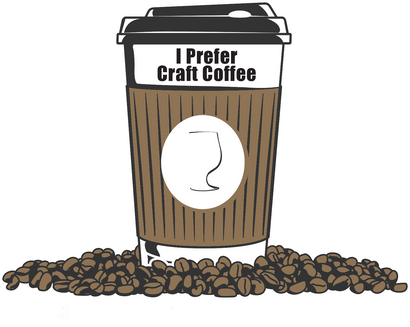Top Specialty Coffee Online: Why Flashy Bag Marketing Makes Your Taste Buds the Fall Guy
July 27, 2025 4 min read
Top Specialty Coffee Online: Why Flashy Bag Marketing Makes Your Taste Buds the Fall Guy
Because neon llamas on a pouch shouldn’t dictate your morning happiness
Wait, Did My Coffee Just Catfish Me?
Ever chosen a bag of beans because the label looked like a psychedelic llama surfing a rainbow? Yeah… me neither (winks in caffeine). Bag art is the Tinder profile of coffee—swipe right on the wrong llama and you’ll end up sipping a mugful of meh. This post is your anti-catfish guide to navigating top specialty coffee online without falling for flashy packaging tricks.
Top Specialty Coffee Online: Spotting Quality Beyond the Paint Job
The Proof Is in the (Plain) Bag
1. How Marketing Paints Over Mediocre Beans
Colorful foil pouches scream “LOOK AT ME,” while their 80-point beans whisper “I’m technically specialty… but just barely.” By definition, any coffee scoring 80–100 on the Specialty Coffee Association (SCA) scale counts as specialty. Yet an 80-point Brazilian with muted notes can taste flatter than last week’s seltzer. Fancy fonts can’t inflate flavor.
2. Why a Brown Kraft Bag Might Hold a 90-Point Bombshell
Minimalist packaging forces roasters to let the coffee do the talking. Think of it as the silent type in rom-coms—mysterious, but turns out to be the best kisser (or in this case, the crispest cup). Air-roasted, freshly packed beans don’t need holographic unicorns; their aroma is the marketing department.
3. Score vs. Skittles-Color Design
-
Q-Graded Reality Check: Trained graders score coffee on fragrance, flavor, acidity, body, and balance.
-
Bag-Grade Fantasy: Designers score bags on “Will this pop on Instagram?”
Spoiler: only one of those impacts your palate.
Quick Sip Fact: Air roasting (think hot air cyclone) produces cleaner flavors versus traditional drum roasting that can leave charring. It’s the difference between toasting marshmallows over a campfire vs. inside the campfire.
Comparison Table – Bean vs. Bag Hype
| Flashy Foil Llama Bag | Honest Kraft Bag | |
|---|---|---|
| Typical SCA Score | 80–82 (entry specialty) | 85–92 (top tier) |
| Roast Transparency | “Roasted somewhere, sometime” | Roast date stamped, air-roasted yesterday |
| Flavor Experience | Safe, flat, “nutty” | Vibrant, distinct origin character |
| Marketing Budget | 40% on graphics & gimmicks | 0% on gimmicks—100% on beans |
| Shelf Life in Store | 3–6 months | Ships same-day; you brew within days |
| Keyword Cred | “Artisan vibes” (hollow) | best coffee bean delivery, freshest craft coffee online |
What Makes Coffee Hit 85+?
-
Altitude & Microclimate – High-elevation cherries grow slower, piling on sugars.
-
Processing Precision – Washed, honey, natural—all tuned to highlight terroir.
-
Roast Philosophy – Air roasting reduces smoky bitterness, letting acids sparkle.
-
Roaster Integrity – Lab-cupped batches, published scores, and zero shortcuts.
These steps give you the best craft coffee at home experience—no rainbow llamas required.
Your Action Plan for Bag-Proof Coffee Shopping
-
Read the Score, Not the Storybook
-
Look for an actual Q-grade (85+ is chef’s kiss).
-
If it’s missing, assume the score hovers at “meh.”
-
-
Check the Roast Date
-
For best coffee to buy online, anything older than three weeks is yesterday’s news.
-
-
Audit Transparency
-
Are origin, altitude, and processing method listed?
-
Vague “South America Blend” ≠ transparency.
-
-
Use Your Nose on Arrival
-
A fresh bag vents aromas louder than a toddler with a megaphone. Zero smell? Red flag.
-
-
Leverage Specialty-Focused Retailers
-
Sites prioritizing cupping notes over cartoons lead the order coffee online game.
-
-
Compare Shipping Policies
-
Best coffee online free shipping loses charm if quality’s DOA. Free + Fresh = jackpot.
-
Story Time: The Case of Flat-Bean Fred
Fred adored kaleidoscopic coffee bags—every shopping trip felt like visiting an indie art crawl. But his brews tasted like soggy cereal milk. One day, he stumbled upon a no-frills kraft pouch claiming nothing but “Guatemala Huehuetenango | 88 pts | Roasted Tuesday.” Skeptical but desperate, Fred brewed it and—boom—notes of chocolate-coated cherry fireworks. Moral? The plain brown wrapper beat the glitter every time. Fred now brags that he drinks the top specialty coffee online and secretly judges llama-bag shoppers in silence.
Frequently Asked Questions
Why does bag design matter at all?
Bag design grabs attention on a crowded shelf but tells you zilch about quality. It’s marketing’s megaphone, not a flavor guarantee.
Does an 80-point coffee taste bad?
Not necessarily—it’s specialty by definition—but compared to an 88-point Ethiopian, it can feel one-dimensional.
Is air roasting always better?
Air roasting reduces scorching and draws out nuanced acidity. While “better” is subjective, it’s prized for cleaner, sweeter cups.
How soon should I brew after the roast date?
Within 3–21 days for peak flavor. After a month, staling compounds start dulling your cup faster than you can say “oxidation.”
Can I trust “roasted on” dates from large grocery brands?
Large brands often print “best by” dates instead, hiding how old the coffee really is. Opt for roasters who stamp the actual roast day.
Final Sip
Bag marketing will keep dazzling our eyes—graphic designers need coffee money too. But now, armed with Q-grades, roast dates, and your newfound skepticism, you can navigate the top specialty coffee online scene like a pro. Don’t let neon llamas cloud your judgment; let cupping scores light the way to your best craft coffee at home moment. After all, life’s too short—and mornings too sacred—to waste on a flat Brazilian 80 hiding behind glitter.
Also in Best Coffee To Buy Online Education

Biggest Mistake With Pourover Coffee: It's Your Beans
January 02, 2026 3 min read
Learn how to brew the best pourover coffee at home with the best tasting craft coffee online. Remember, the best coffee to drink at home starts with the freshest craft coffee online, not the bargain bin beans at your local supermarket.

Specialty Roast Coffee Beans Online: What’s the Deal, Really?
January 01, 2026 4 min read
You'll learn what specialty roast coffee beans online actually means, and why it translates to the best tasting craft coffee at home.

High-Score Coffee Beans Online: Why 85+ Points Actually Matter
December 31, 2025 3 min read
Learn why the best tasting craft coffee online is high-scoring specialty coffee that tastes better and how to choose the right beans online. Order coffee online from a roaster you trust.
